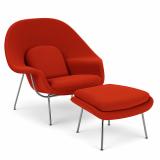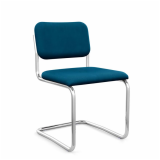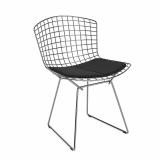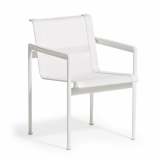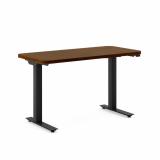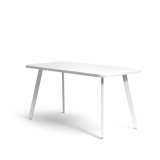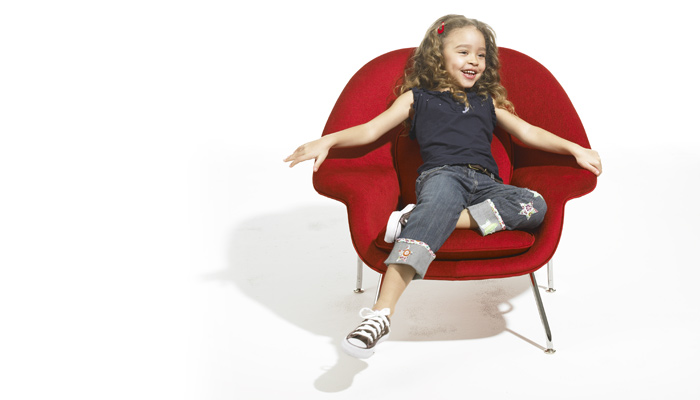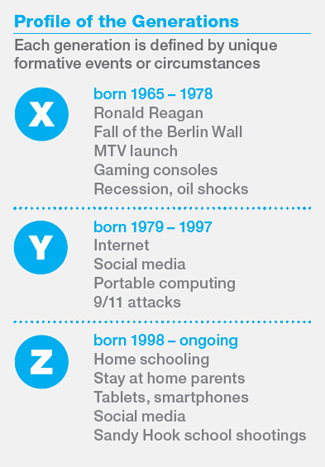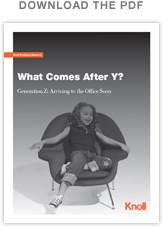
One evening you walk into your kid’s bedroom and ask how the homework is going. In one hand she holds a smart phone on which she is managing multiple Facebook conversations. It also buzzes quietly when a text or Snapchat message comes through. She is viewing a YouTube video on her tablet. And a sitcom is playing on a laptop. “It’s going great,” she says. You wonder how anyone can get anything done with all this multitasking.
Believe it or not these kids—Generation Z—will be entering the workforce at the end of this decade. As today’s kids grow up with unique Generation X parenting styles and with undreamed of technology gadgets, the way they will someday work will surely be different from today’s workforce.
Who is Generation Z and what will they need to work effectively? We share insights on the characteristics of Generation Z and its members’ potential behavior as a workforce—and offer planning opportunities to address their needs.
“Generation Z” will enter the workforce by the end of this decade
A significant change in the age demographic of office workers is near.2 Just as organizations are coming to grips with the needs of the emerging Generation Y, a new group, Generation Z, is looming on the horizon. Little is known about Generation Z, the children of Generation X. This generation, more than 23 million strong, began in the late-1990s and is ongoing. The first of this group will have graduated college and be entering the workforce by the end of this decade, right about the time when Generation Y will hit its peak as a share of office workers. Thus, the workplace will need to address both groups.

The challenge by the end of this decade will be to serve not only Generation Y workers, but to also anticipate the workplace needs of the emerging Generation Z so that both groups can work effectively.
At work, Generation Z will not be a simple “amplification” of Generation Y traits
There are similarities between Generations Y and Z, such as smaller family sizes, closeness and connection to parents, heavy use of online social media and portable technologies. It is tempting to think Generation Z will be just like Generation Y, only “more so.” But their parents’ backgrounds have influenced each generation’s outlook on life in very different ways (Table 1). These differences will show up in the types of planning models and spaces Generation Z may require.
Members of Generation Z have a unique set of characteristics that could easily propel them to leadership positions at work (such as being expert at online collaboration tools), or at the same time, trip them up and cause career setbacks (i.e., weak face-to-face social skills) (Table 1). Like each previous generation, their distinctive perspectives should be understood so that management practices and workspaces can best support their needs. In the following section, we discuss each of three Generation Z characteristics, provide comparisons with Generation Y, and offer tactics for workplace design.
Generation Z – Characteristic 1
Appreciation for social connection, structure, order and predictability
Generation X parents had to be independent as kids because their family life was unpredictable (see box at left). In turn, they encourage independent thinking in their Generation Z offspring.4 Divorce rates for Generation X are lower than national norms, partly because so many Generation X members lived through their parents’ split and they do not want their kids to have the same feeling of being “on their own.” Today, Generation Z kids have the highest home schooling rates in US history5 and high rates of one “stay at home parent,” both of which emphasize the “art of parenting,” and family as a secure base.6 Thus, Generation Z members are learning to value connections with family, order, structure, a work ethic, and a sense of predictability in their lives (Table 1).
Planning Opportunity
Offer legible planning layout with clear circulation, interior landmarks, visual access, and obvious intent of spaces
Generation Y workers embrace choosing from a growing plethora of workspace types set within unstructured, social/collaborative planning concepts.7 Generation Z values structure and predictability, and may find a wide choice of workspaces, or complex planning layouts, undesirable. Rather, they may prefer office workspace that is easy to orient within, understand and use. Although there is increased emphasis on unstructured planning concepts and ambiguity in the use of spaces, organizations may need to offer more legible, well-organized environments8 to better reflect the needs of Generation Z (Figure 1).

Figure 1. Generation Z values structure and predictability in life and work. This extends to the physical workspace. Layout of interior space can be made more “legible” (easy to orient within and use) through features (such as a café) that can serve as a major landmark, clear circulation routes, enhanced visual access between locations and to the outside, and by making the intended use of various spaces more obvious through their design, signage and location.
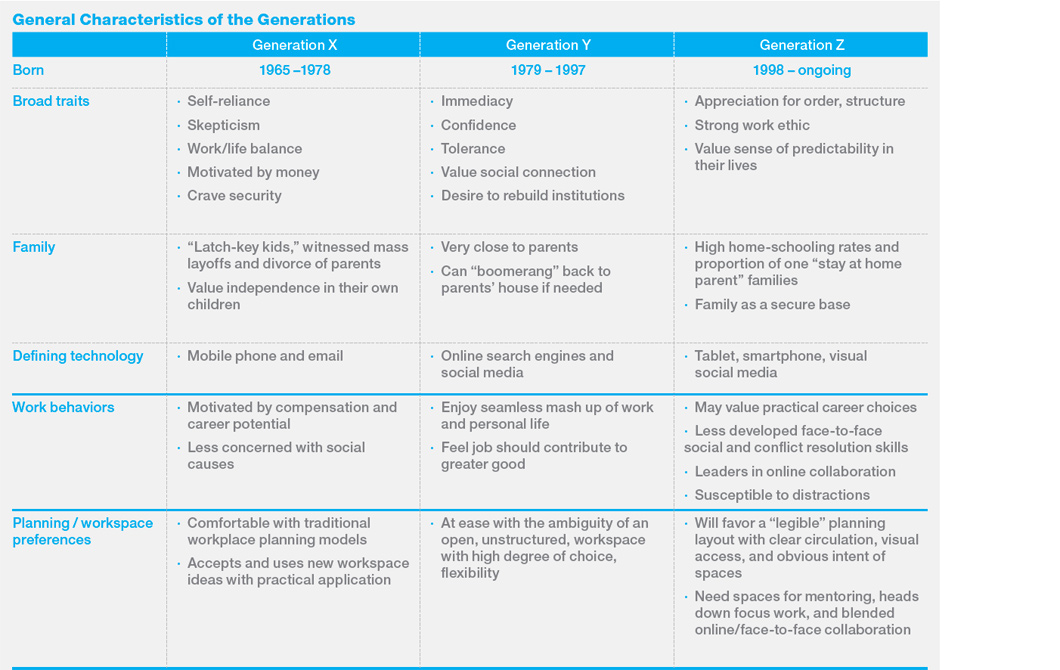
Table 1. The values, attitudes, and expectations of each generation vary widely depending on the social, economic, and technological environment that shaped their life experiences.
Legible spaces use physical features and layout in a way that helps people quickly build a “mental map” of the layout and use of the space. Much in the same way that some city layouts are immediately easy to understand and navigate—and some are not—facilities can be designed for legibility. When planning, consider the use of significant elements as landmarks for orientation: cafe spaces; departmental districts or neighborhoods; and the intersections between major paths themselves.
A legible work environment is a good investment that benefits all employees because it improves ease of use of the space and makes it easy for people to access its resources—much like the concept of “universal design” works for people of all ages. Legibility can also be fostered through planning models and furnishings that offer long term adaptability to change over time, keeping the workspace in alignment with evolving work needs, and thus, easy to understand and use.9
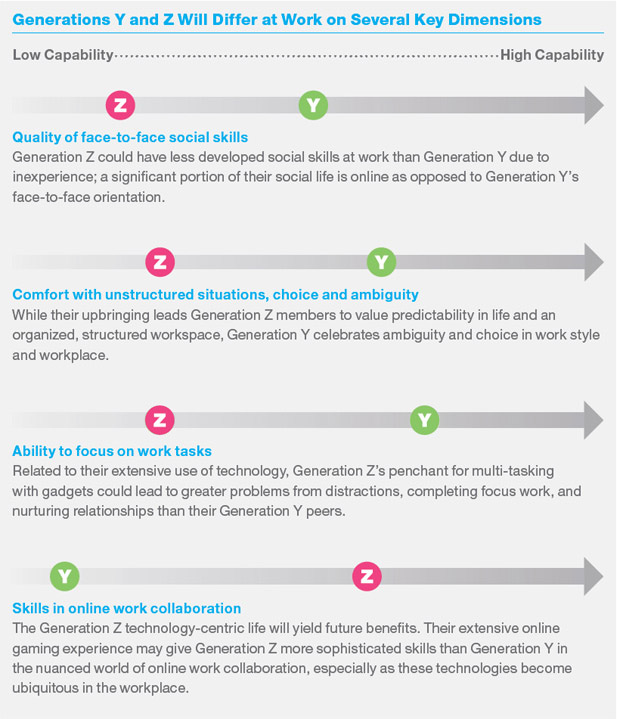
Figure 2. At work, Generation Z may lag Generation Y in social skills and comfort with ambiguity. They could experience more self-inflicted distractions due to a penchant for multi-tasking. But Generation Z will shine when it comes to successfully navigating the nuances of online collaborative work technologies and offering business leadership related to those interactions.
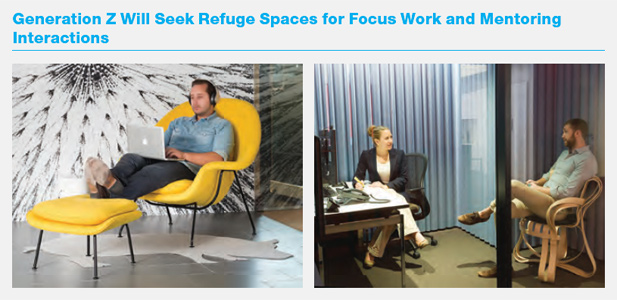
Figure 3. Generation Z can be easily distracted and may face challenges with interpersonal relationships in the office. A refuge space should provide both furnishings and tools for effective focus work and visual privacy, physical separation from immediate work areas, and sound masking for private manager-employee coaching.
Generation Z – Characteristic 2
Strong multi-tasking skills with reliance on social media
Generation Z kids have a proclivity for doing many things online at once, which may influence their ability to do specific tasks well.10 From birth they have been bombarded with information from digital sources.11 Their multitasking style can include attempting to absorb vital information from a page of their text book (on a tablet) while viewing an online video related to another homework assignment (on their laptop), while keeping up with multiple online conversations (on their smartphone). A growing body of evidence suggests that multi-tasking is detrimental to learning and cognitive development. When transplanted into the office, multi-tasking could lead to poor work performance and dysfunctional relations with co-workers (Figure 2).
Related to the use of technology, both Generations Y and Z share personal information online, but Generation Z has placed social media technologies at the center of its social world, rather than as a supplement to face-to-face relationships. The reduced face-to-face socialization of Generation Z children due to heavy online social interaction could cause problems with social interactions and conflict resolution at work. In school, cyber bullying is a common occurrence—it is easy to criticize or bully an online “friend” (or connection) or simply defriend someone when there is a conflict. This approach will not translate well into the adult world of in-person work relationships and may require focused management and mentoring to overcome.
Planning Opportunity
Make “refuge” work spaces available for distraction-free focus work, and quick employee-manager coaching on work relationships
During crunch time when the Generation Z employee needs to be “heads down” and get some focus work done, working at home is probably not a viable option since the potential remains for many distractions. Instead, a nearby “refuge space” in the office may offer sanctuary from the self-imposed onslaught of inputs—and lead to increased productivity (Figure 3). This refuge space could be a small, enclosed area with sound-masking, whiteboards, ergonomic seating and furnishings to support connectivity to power and visual display. Assuming work is done on a laptop or tablet, the Wi-Fi could even be configured to temporarily block out non-work related technology intrusions—creating a local “dead zone” and an incentive for the employee to complete the task at hand.
This refuge space could also serve as a place for a quick one on one meeting or coaching between employee and manager on work relationship issues. No shame here, quick feedback and debriefs of this type will be the norm. Employees will welcome the structure and guidance—and a secure place to conduct these interactions.
Generation Z – Characteristic 3
Extensive online gaming experience, offering leadership opportunities in virtual work collaborations
Many Generation Z members participate in weekly online “family gaming” nights with their parents.12 These activities offer an experience that blends face-to-face and online interactions towards a common goal. In a similar fashion, a component of future collaborative work may use online applications in which employees represent themselves with “avatars” and interact within simulated work settings. The ease and familiarity that this generation feels within the online gaming environment will serve them well as comparable platforms are used to support group work (Figure 2). Through this technology, Generation Z will exert leadership and hold an advantage in managing online business interactions.
Planning Opportunity
Offer “enclave” space for meetings that seamlessly support blended face-to-face and online interactions
Collaboration will increasingly involve a mix of face-to-face and virtual participants. To seamlessly support these “blended” interactions, a “get together” space such as an enclave area could be used. These can be small, secluded open or enclosed spaces accommodating two to four people (Figure 4). Include comfortable seating around a low or desk height table, furnishings for power and data connections, and visual displays.
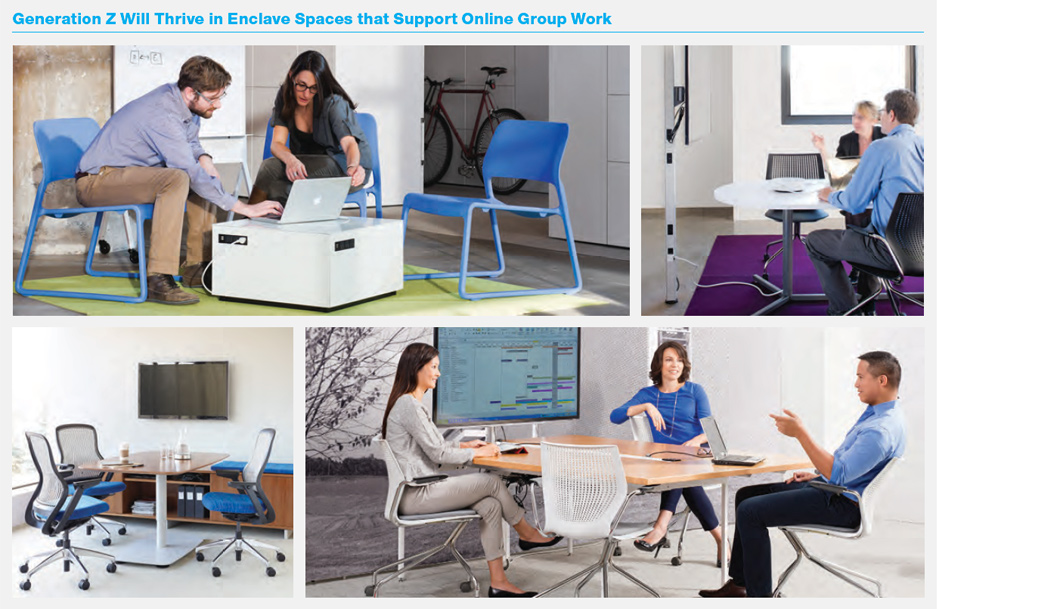
Figure 4. As work shifts to incorporate more virtual team interactions, an enclave space should support a mix of online and face-to-face interaction for 2-4 people. Enclave rooms or areas should provide a range of informal to formal settings and furnishings that support collaborative activities and a multitude of group work technologies.
Anticipate Generation Z work needs and styles
Whether used for refuge or enclave activities, the spaces described in this paper require three key aspects for their success: proximity, privacy, and technology. Spaces must be located near employees’ home bases and other frequented spaces for ease of access and use.
These “go-to” spaces should provide sufficient visual and acoustical privacy through physical separation or enclosure, so that people don’t fear being overheard or interrupted. True privacy is characterized by the ability to control access; workers can choose whether or not to interact. And, these spaces must be equipped with appropriate technology and communication support tools. These include Wi-Fi, convenient access to power, video, fixed or mobile whiteboards, monitor arms, and tackable surfaces.
A final consideration for both planning and design of spaces is the cultural fit with the organization. Spaces should take on the forms and styles that reflect the personality, image and brand of the organization—while maintaining their functional intent.
By the end of this decade newly minted Generation Z graduates will begin to enter the office workforce. Now is the time to anticipate their work needs and styles, and evolve current planning models and spaces to meet them. A legible office environment, coupled with refuge and enclave spaces that support their work and development needs, will help to build upon the valuable qualities that Generation Z will bring to the table.
DOWNLOAD "What Comes After Y?" TO READ THE FULL PAPER






















